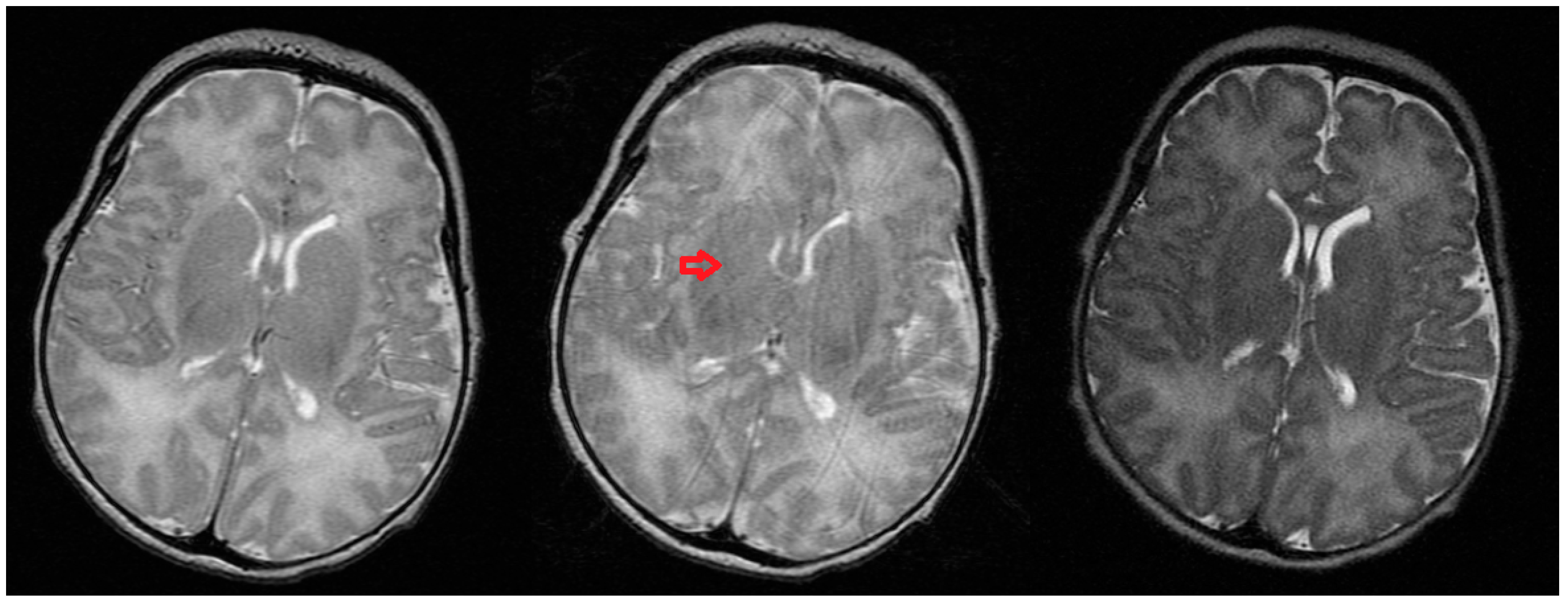VISUALIZING DATA – 2D PLOTS 22 quiver(x,y,u,v) Giulia Valerio 5Marzo 2013 4. DATA PLOTTING Quiver A quiver plot displays velocity vectors as arrows with components (u,v) at the points (x,y). Quiver(.,scale) automatically scales the arrows to fit within the grid and then stretches them by the factor scale. Hist (data) or, if you want more control over how it is presented, use: n,x = hist (data); plot (x,n,'rx-');%# just an example, plot the pdf with red x's and a line,%# instead of bars figure; plot (x, cumsum (n)/sum (n));%# plot the CDF. Improve this answer. Answered Sep 29 '10 at 18:36.
Key focus: With examples, let’s estimate and plot the probability density function of a random variable using Matlab histogram function.
Generation of random variables with required probability distribution characteristic is of paramount importance in simulating a communication system. Let’s see how we can generate a simple random variable, estimate and plot the probability density function (PDF) from the generated data and then match it with the intended theoretical PDF. Normal random variable is considered here for illustration. Other types of random variables like uniform, Bernoulli, binomial, Chi-squared, Nakagami-m are illustrated in the next section.
Note:If you are inclined towards programming in Python, visit this article
Step 1: Create the random variable
A survey of commonly used fundamental methods to generate a given random variable is given in [1]. For this demonstration, we will consider the normal random variable with the following parameters : – mean and – standard deviation. First generate a vector of randomly distributed random numbers of sufficient length (say 100000) with some valid values for and . There are more than one way to generate this. Some of them are given below.
This article is part of the book |
● Method 1: Using the in-built random function (requires statistics toolbox)
● Method 2: Using randn function that generates normally distributed random numbers having and = 1
● Method 3: Box-Muller transformation [2] method using rand function that generates uniformly distributed random numbers
Step 2: Plot the estimated histogram
Typically, if we have a vector of random numbers that is drawn from a distribution, we can estimate the PDF using the histogram tool. Matlab supports two in-built functions to compute and plot histograms:

● hist – introduced before R2006a
● histogram – introduced in R2014b
Which one to use ? Matlab’s help page points that the histfunction is notrecommended for several reasons and the issue of inconsistency is one among them. The histogram function is the recommended function to use.
Estimate and plot the normalized histogram using the recommended ‘histogram’ function. And for verification, overlay the theoretical PDF for the intended distribution. When using the histogram function to plot the estimated PDF from the generated random data, use ‘pdf’ option for ‘Normalization’ option. Do not use the ‘probability’ option for ‘Normalization’ option, as it will not match the theoretical PDF curve.
However, if you do not have Matlab version that was released before R2014b, use the ‘hist’ function and get the histogram frequency counts () and the bin-centers (). Using these data, normalize the frequency counts using the overall area under the histogram. Plot this normalized histogram and overlay the theoretical PDF for the chosen parameters.
Step 3: Theoretical PDF:
The given code snippets above, already include the command to plot the theoretical PDF by using the ‘pdf’ function in Matlab. It you do not have access to this function, you could use the following equation for computing the theoretical PDF
The code snippet for that purpose is given next.
Note: The functions – ‘random’ and ‘pdf’ , requires statistics toolbox.
Rate this article: (5 votes, average: 4.60 out of 5)
References:
[1] John Mount, ‘Six Fundamental Methods to Generate a Random Variable’, January 20, 2012.↗
[2] Thomas, D. B., Luk. W., Leong, P. H. W., and Villasenor, J. D. 2007. Gaussian random number generators. ACM Comput. Surv. 39, 4, Article 11 (October 2007), 38 pages DOI = 10.1145/1287620.1287622 http://doi.acm.org/10.1145/1287620.1287622.↗

Plot Pdf Matlab From Data Set
Topics in this chapter
| Random Variables - Simulating Probabilistic Systems ● Introduction ● Plotting the estimated PDF ● Univariate random variables □ Uniform random variable □ Bernoulli random variable □ Binomial random variable □ Exponential random variable □ Poisson process □ Gaussian random variable □ Chi-squared random variable □ Non-central Chi-Squared random variable □ Chi distributed random variable □ Rayleigh random variable □ Ricean random variable □ Nakagami-m distributed random variable ● Central limit theorem - a demonstration ● Generating correlated random variables □ Generating two sequences of correlated random variables □ Generating multiple sequences of correlated random variables using Cholesky decomposition ● Generating correlated Gaussian sequences □ Spectral factorization method □ Auto-Regressive (AR) model |
Books by the author
Plot Pdf Matlab From Data List
Wireless Communication Systems in Matlab Second Edition(PDF) Note: There is a rating embedded within this post, please visit this post to rate it. | Digital Modulations using Python (PDF ebook) Note: There is a rating embedded within this post, please visit this post to rate it. | Digital Modulations using Matlab (PDF ebook) Note: There is a rating embedded within this post, please visit this post to rate it. |
| Hand-picked Best books on Communication Engineering Best books on Signal Processing | ||